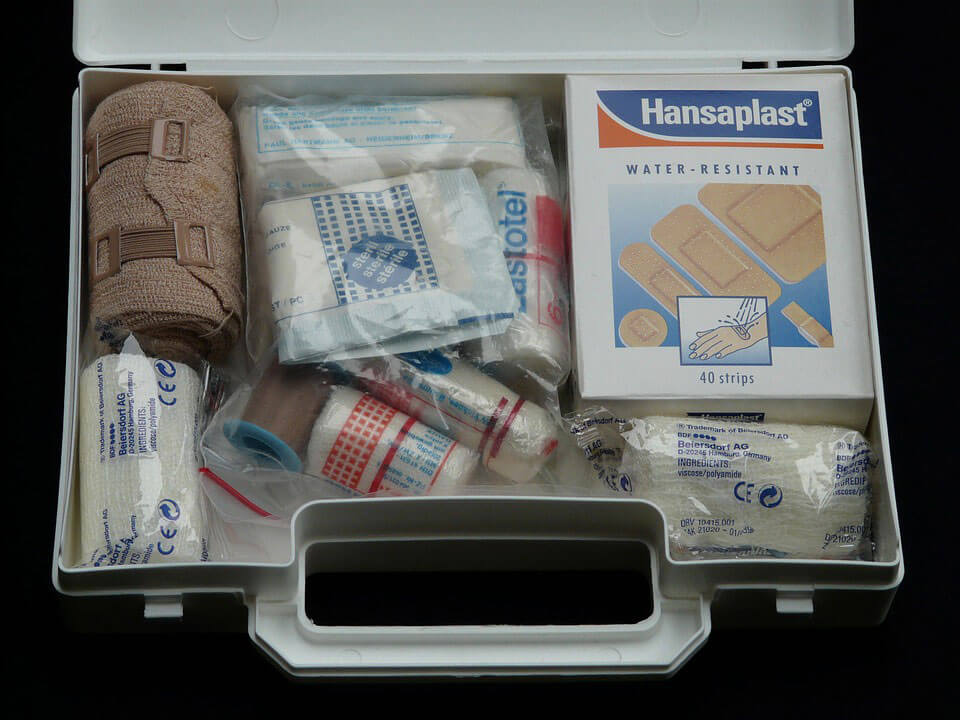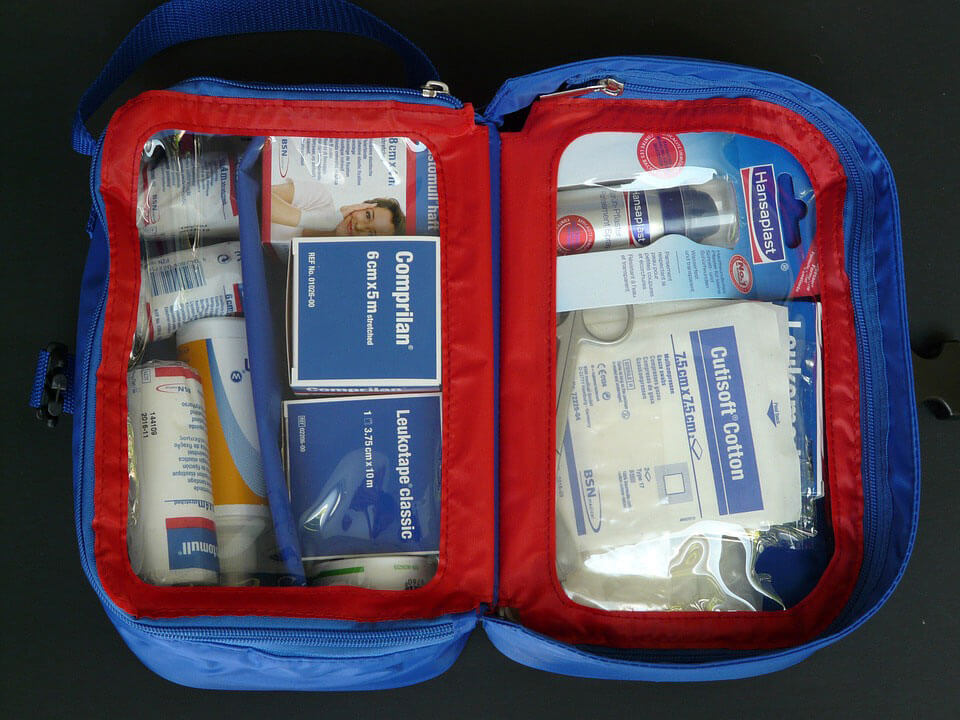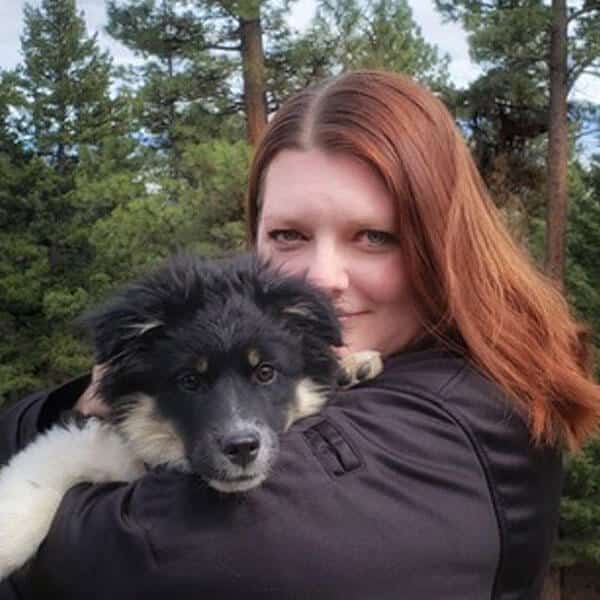Design Your Own First Aid Kit
April 22nd, 2019
3 minute read
Many homes have a first aid kit, and if yours was like the one in my family growing up, it was a big mess stuffed into a small container. Some families have smaller kits for their cars, garages, or even their everyday carry gear, and if you’re someone who likes to be prepared for anything, chances are good that at least one of your first aid kits is fairly extensive.
It’s easy to find first aid kits that are already put together, and some of them are fairly affordable. There are all levels of kits as well; you can get a 100-piece first aid kit (FAK) on Amazon for under ten bucks, and you can go up to a full paramedic-level kit or higher depending on where you shop and how much you are willing to spend.
With all of these options available, why would we be advising you to design your own first aid kit?
Every Family is Different
The first reason you should design your own FAKs is that your needs will not be exactly the same as the family down the street or in the next town. There are several different factors you’ll need to think about when putting together a first aid kit, including:
- What regional or local threats do I need to worry about (spiders, scorpions, snakes, etc.)?
- What types of injuries or issues could arise from the specific activities my family is involved in?
- Typically, where would we be if these injuries occurred — halfway up a mountain or at the local ball diamond?
- What specific medical issues do my family members already have?
The above list isn’t all-inclusive, but it’ll get you started in your custom first aid kit design.
Does your son have an allergy to bees? You’ll need an EpiPen in your kit. Maybe you or your spouse are diabetic and will need to have some oral glucose or other supplies. Are you all big hiking fans? Moleskin might be a must-have. A family with kids in sports might want to carry a SAM splint or other materials for the breaks and sprains that can happen.
Of course, all of these considerations apply for both a daily FAK that you have on hand for home or activity use and for anything you assemble to help in a larger emergency. For example, you should consider having a well-stocked first aid kit in your emergency preps. Scott Conditt wrote a great article on building a get home bag that includes information on first aid supplies.
Sure, you can buy one huge kit that may or may not cover all of it — but you’ll be far better prepared if you have exactly what you and your family need and can pack specific supplies for the activity or location that you’ll be in.
You Need to Be Intimately Familiar with Your Kit
This should be obvious, but you’d be surprised at how many people buy an extensive medical kit only to pronounce themselves prepared after putting it away, only to be frantically digging in it later when they need something and can’t find it. What’s more, your kit might be missing the one thing you need in the moment — even if it has 350 band-aids in sixteen sizes.
If you design your own kit, maintain it, and are doing regular checks on it, you know what’s in there and you know where to find what you need in a few seconds. Sometimes that’s all the time you have.
You Need to Have the Training to Use Your Kit
It’s easy to buy a kit so extensive that you could almost perform an appendectomy on your kitchen floor, but do you have the training to use everything in your kit effectively? Supplies mean nothing if no one in your family is trained on them. If your level of training is somewhere around the level of little to non-existent, then look around in your area for some first aid instruction and get it done. There is no downside to medical training when it comes to protecting your family.
We aren’t saying don’t ever buy a pre-packaged FAK. For the optimum level of preparedness, however, you’ll need to:
- Understand your family’s needs
- Understand your level of training
- Understand your kit itself
Those three things will get you on the path to be a lot better prepared to care for your family in the case of a medical need.
Join the Discussion
Continue Reading
Did you enjoy this article?

 124
124








